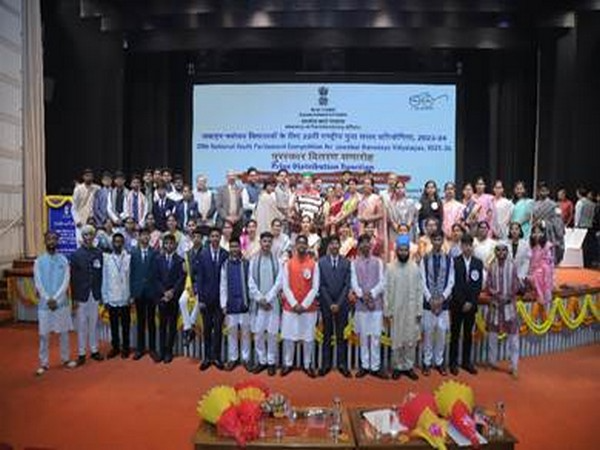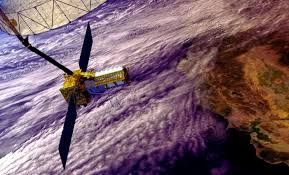Russia‑US relations remain positive despite U.S. zigzag over policy
Despite Policy Shifts, Russia U.S. Relations Show Surprising Stability in 2025
In a year marked by geopolitical unpredictability, one of the more surprising developments in 2025 has been the relatively stable and even cooperative tone of relations between the United States and Russia. This comes despite what Moscow has described as “zigzagging” policy shifts from Washington, particularly in areas of global security, economic sanctions, and energy diplomacy. While tensions remain under the surface, both sides have demonstrated a cautious but clear interest in keeping diplomatic channels open and reducing the risk of direct confrontation.
Washington’s approach to Moscow has been described by analysts as inconsistent but not necessarily hostile. The Biden administration now in its final term has juggled domestic pressures, global conflicts, and strategic competition with China, making its foreign policy posture toward Russia less predictable. At times, the U.S. has taken a hardline stance, such as renewing certain targeted sanctions in response to cyber activity and political interference allegations. At other moments, however, it has signaled willingness to engage, particularly in arms control negotiations and regional conflict resolution, most notably in the Arctic and Central Asia.
From the Russian perspective, these oscillations in U.S. policy are frustrating but not entirely unexpected. The Kremlin has described the U.S. strategy as one that "lacks long term coherence," yet Russian officials, including Foreign Minister Sergey Lavrov, have maintained that constructive dialogue is still possible. Russia’s foreign ministry has continued to prioritize strategic stability talks and deconfliction mechanisms, especially in zones where both militaries are active. “We don’t require full agreement,” Lavrov said in a June statement. “But we require predictability and some level of mutual respect, which has not been absent, despite the noise.”
What has surprised many observers is the level of behind the scenes cooperation still taking place. U.S. and Russian officials have met several times in Geneva and Helsinki for quiet, mid level summits to discuss nuclear arms treaties, cybersecurity norms, and energy transit routes. Although these meetings haven’t resulted in any major public agreements, their continuation reflects an understanding that certain issues particularly nuclear risk and global energy stability transcend political posturing. Sources close to the diplomatic process note that both sides see value in a "managed rivalry," where competition does not slide into chaos.
Energy policy has emerged as an unlikely area of muted cooperation. With global oil markets facing volatility due to climate disruptions and ongoing conflicts in the Middle East, Russia and the U.S. have found themselves with shared interests in preventing market collapse. Though they are competitors, both nations have participated indirectly in conversations aimed at stabilizing oil prices, through OPEC+ channels and global forums. Furthermore, limited technical cooperation on methane reduction and Arctic shipping has continued under international frameworks, despite mutual criticism on broader environmental issues.
Publicly, both countries continue to exchange rhetorical barbs. U.S. officials often reiterate concerns over Russia’s domestic policies and international conduct, while Russian state media frequently frames the U.S. as declining and erratic. However, beneath this surface level antagonism lies a pragmatic calculation on both sides a full deterioration of relations serves neither country’s strategic interest at this moment. With the war in Ukraine now largely frozen and negotiations stalled, both Washington and Moscow seem content to avoid escalation while focusing on more pressing internal challenges.
This relative thaw comes at a time when both countries are recalibrating their global roles. The U.S. is increasingly focused on competition with China, managing its Indo Pacific alliances, and maintaining stability in Latin America. Russia, meanwhile, has been expanding its influence in Africa and strengthening economic ties with Asian nations to offset Western sanctions. As their strategic priorities shift, their need to avoid unnecessary entanglements with each other grows. “There’s a certain exhaustion on both sides,” says Maria Keller, a European geopolitical analyst. “Neither Washington nor Moscow wants to fight two wars cold or hot at once.”
In summary, the current state of U.S. Russia relations in 2025 can best be described as stable but strained. The two nations remain ideological adversaries and competitors in key global arenas, yet they are also navigating that rivalry with a surprising degree of restraint. While the U.S. may continue to shift its tactics, and Russia remains skeptical of Western intentions, both sides appear committed for now to keeping the door open for dialogue. if this fragile equilibrium can endure the next global shock or political transition remains uncertain. But for the moment, at least, the world’s two most heavily armed powers seem to agree on one thing open conflict is not an option.






 Varda Space secures $187 million funding for biotech drug research aboard space station
Varda Space secures $187 million funding for biotech drug research aboard space station  Zverev pulls out of Gstaad
Zverev pulls out of Gstaad  India’s New Satellite Launch to Revolutionize Earth Observation
India’s New Satellite Launch to Revolutionize Earth Observation  Week Long Rail Disruption in Northeast Ends as Services Resume
Week Long Rail Disruption in Northeast Ends as Services Resume